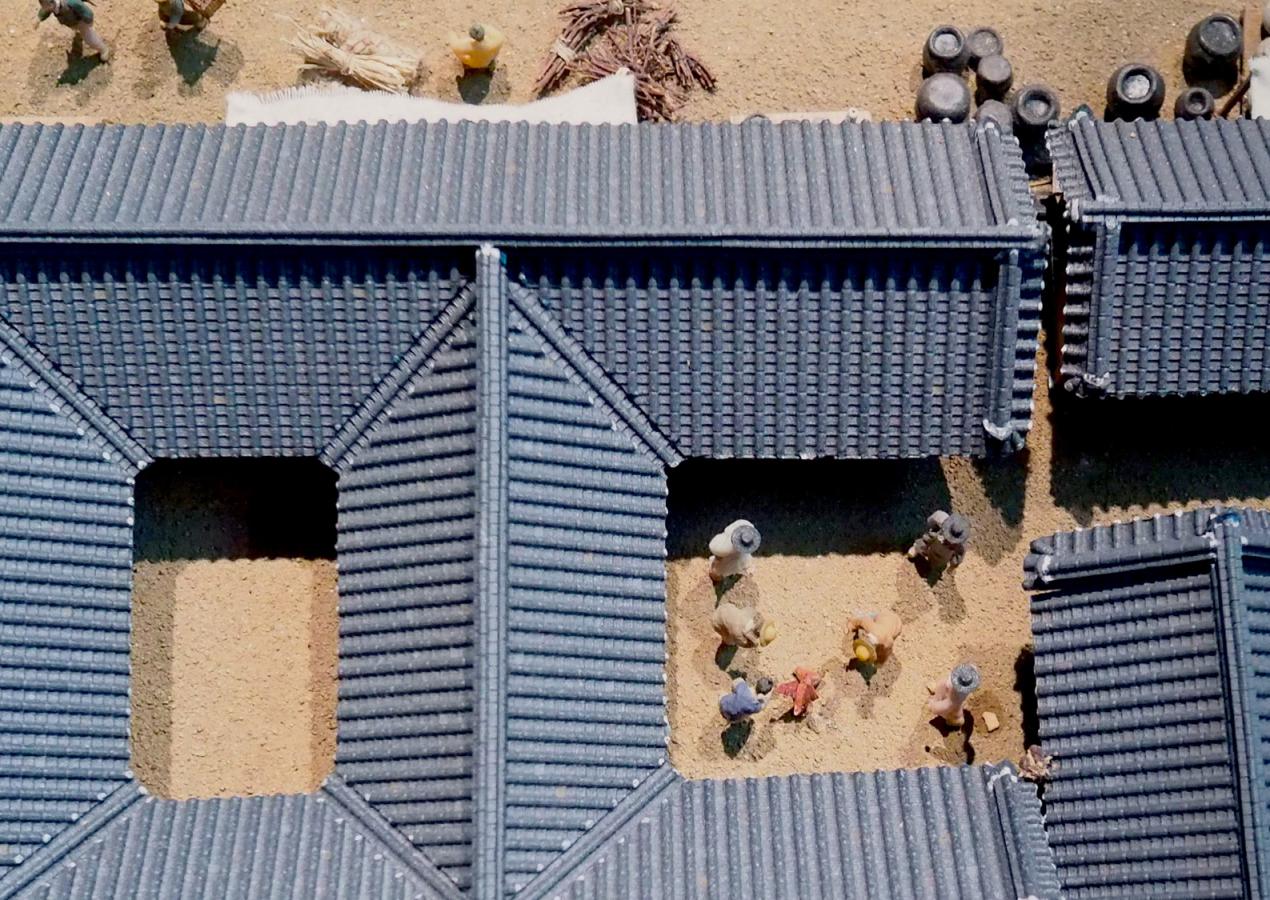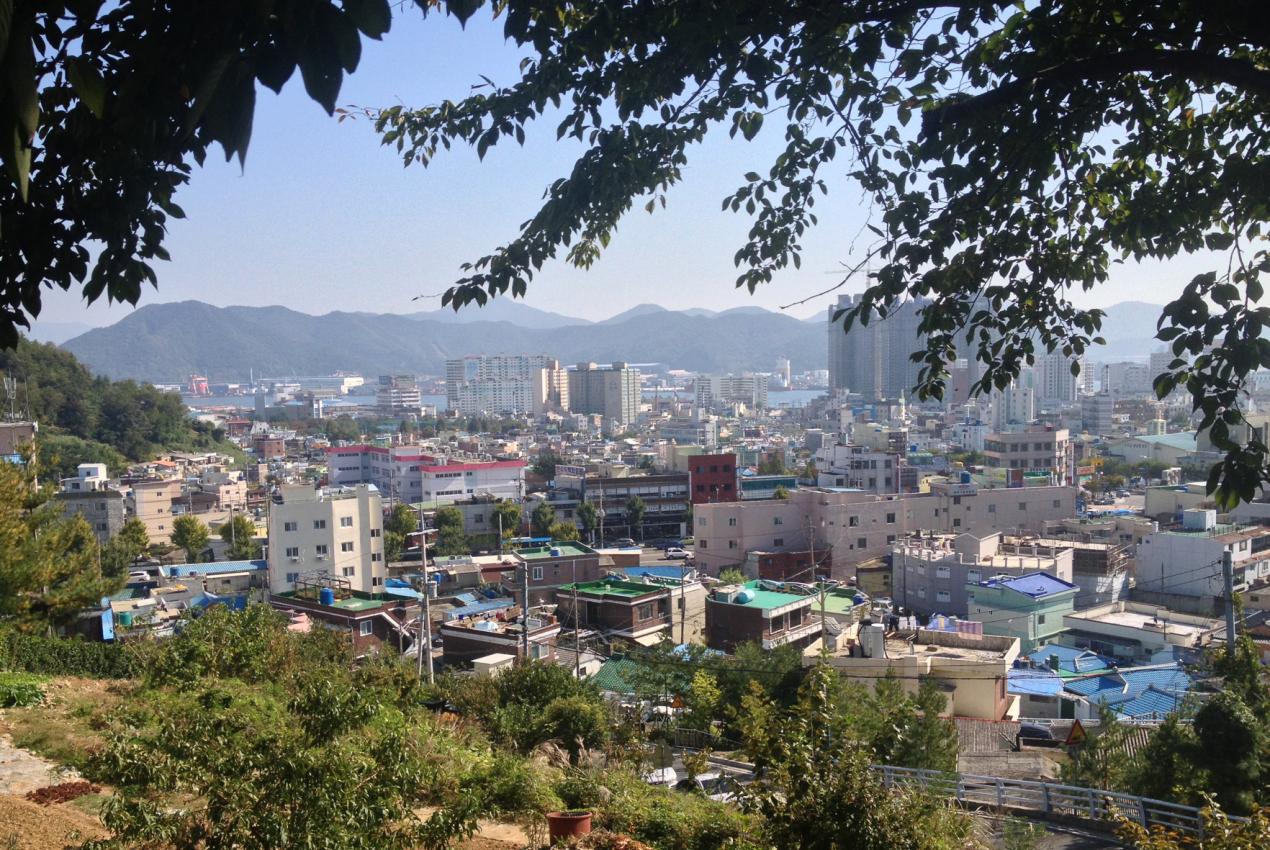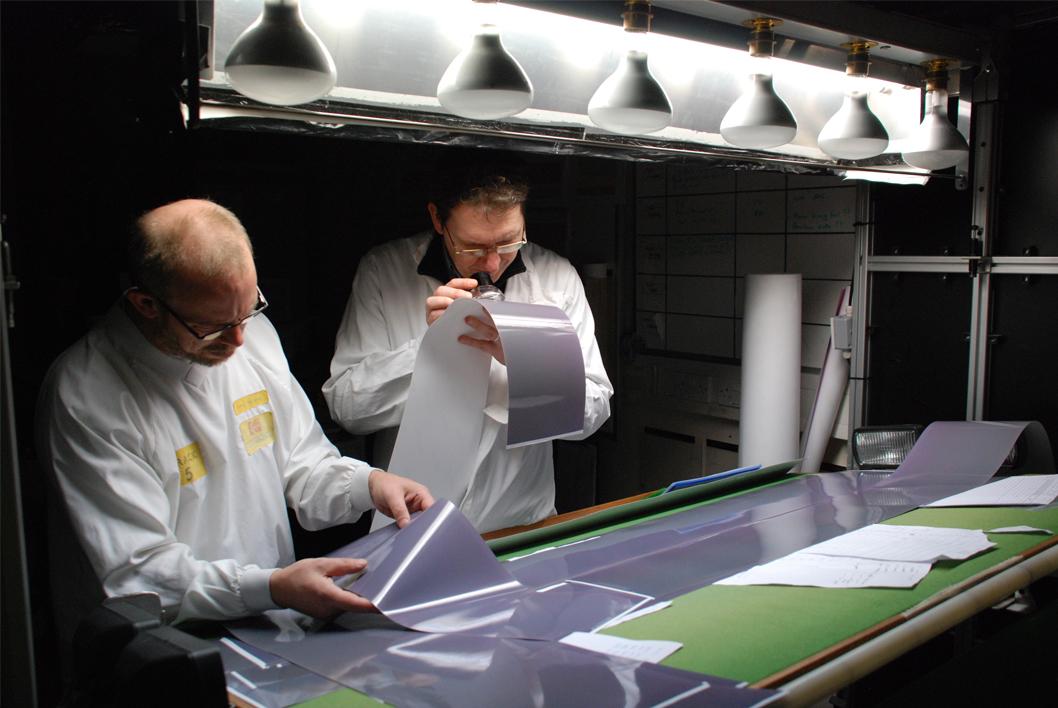Being half Korean, I had already visited the country's capital city a few times. However, as a child who could not speak the language, my perception of the built environment had always been filtered and guided by the adults of my family. I took the opportunity now, following my degree in town planning and with fairly improved language skills, to experience life as a Seoulite for a few months at my own pace, through my own eyes and ears, naturally biased by my academic background.
local economy

Appearances and Concealment: the Two Faces of Seoul’s Public Space

Changwon Diary
I was recently invited to visit the city of Changwon, South Korea, to give a keynote lecture about the role of placemaking at the annual Eco-city Conference. During my short stay I had the opportunity to discuss the vision for Changwon through experiencing the city’s past and present urban development and discussions with the Mayor, his advisory team, architects and planners, centred around the city’s future ambition as a truly sustainable place to live in, work in and visit. I have also witnessed the efforts on ground, through walking around old and new parts of Changwon and talking to the local residents, clearly indicating that the ambition for the city is not merely a written policy, but is being successfully implemented.

Harrow Industrial Stories – Kodak
The research for our recent report “Harrow Industrial Stories” on the local economy of the London Borough of Harrow’s industrial estates uncovered a fascinating collection of businesses from the extra-large to the extra-small. We have discovered that there is actually very little known about the businesses on London’s industrial estates. What is known is mostly based on high-level statistics. The industrial estates are often not very visible, accessible or integrated into our neighbourhoods. More importantly, though, the research demonstrates that the most important factor for local economic development are the entrepreneurs and employees, the people, who make up these businesses.
